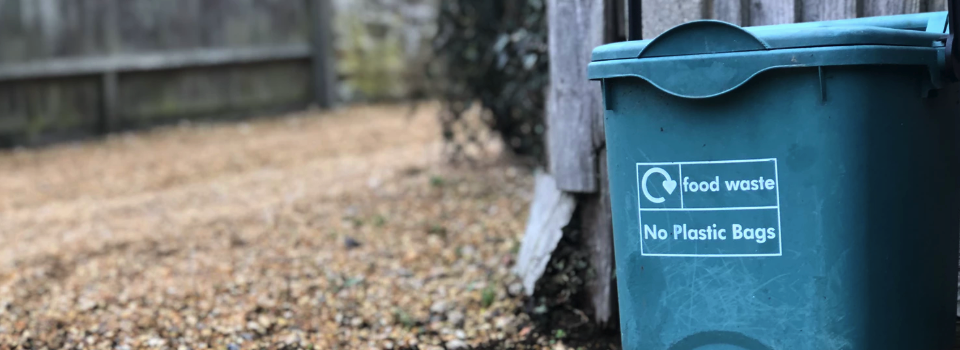No matter how big your Mac’s memory, inevitably you’re going to download enough apps and create enough files, to fill up that memory!
If you’re getting low memory warnings, or your Mac is running more slowly than before, then you can often free up a tonne of space, by deleting unwanted apps.
While your first response may be drag an application to the Trash, there’s no guarantee this will remove every trace of that application. Widgets, plugins, preference files, cached content, and other files may still be left behind, taking up precious memory.
In this article, I’ll show you how to free up as much space as possible, by completely deleting unwanted applications.
Use a third party app
Downloading an app to uninstall an app may sound counterproductive, but if you’re regularly deleting applications, or you have a list of software that you want to remove, then it may be worth using a dedicated app uninstaller.
Uninstallers specialise in identifying and removing the files that are often left behind when you drag and drop an application into the Trash, ensuring that you reclaim as much memory as possible.
Some uninstallers that are worth checking out include AppZapper, AppDelete, and AppCleaner.
Try CleanMyMac’s uninstaller utility
If you already have CleanMyMac installed, then this app has an uninstaller utility that can delete apps while removing all of their associated files, including binaries, preferences and installers.
- Launch the CleanMyMac app.
- In the left-hand menu, select ‘Uninstaller.’
- Find the application that you want to uninstall, and then select its accompanying checkbox.

- In the right-hand menu, review all the additional files that are associated with this application, then select and deselect files, as required.
- Give the ‘Uninstall’ button a click.
Delete the app’s preferences
Even after you’ve deleted an application, that app may leave traces behind, especially if you dragged it to the Trash, rather than using a dedicated uninstaller.
Often, these junk files are located in your Mac’s Library folder, so it’s always worth checking the Library after uninstalling an app.
On recent versions of macOS, the Library folder is hidden by default. There’s several ways to temporarily and permanently uncover this folder, but one of the easiest is:
- Open a new ‘Finder’ window.
- Select ‘Go > Go to Folder…’ from the Finder menu bar.
- In the subsequent window, enter the following: ~/Library
- Click ‘Go.’
Library contains several folders that may contain scraps of previously-deleted apps:
- ~/Library/ApplicationSupport
- ~/Library/Caches
- ~/Library/LaunchAgents
- ~/Library/Preferences
Open each of these folders in turn and check for any file that corresponds to the application you just deleted. If you do discover a file, then drag it to the Trash.
Check your keychain
If the application featured any kind of login functionality, then macOS might have generated a keychain entry for that application. If you want to get rid of every trace of an application, then you’ll also need to delete its keychain entry:
- Open a Finder window and navigate to ‘Applications > Utilities.’
- Launch the ‘Keychain Access’ app.
- Click the little padlock icon and enter your admin password, when prompted.
- Search for the application, and delete any matching keychain entries.
Remove any Safari extensions
If the application had a browser extension or plugin, then you may need to remove this component from your web browser separately.
If you suspect the app might have been malware, or you’ve encountered suspicious behaviour such as spammy popups ever since installing the app, then the app might have installed a browser extension without your knowledge.
To check which Safari extensions are currently installed:
- Launch the Safari app.
- Select ‘Safari > Preferences…’ from the menu bar.
- Select the ‘Extensions’ tab.
If you spot an extension that you definitely didn’t install, then select it and click the ‘Uninstall’ button. If there’s an extension that you’re not too sure about, then you should temporarily disable it, to see what impact this has on your browsing experience. If you get positive results, then return to this menu, and permanently delete the extension.






Add Comment